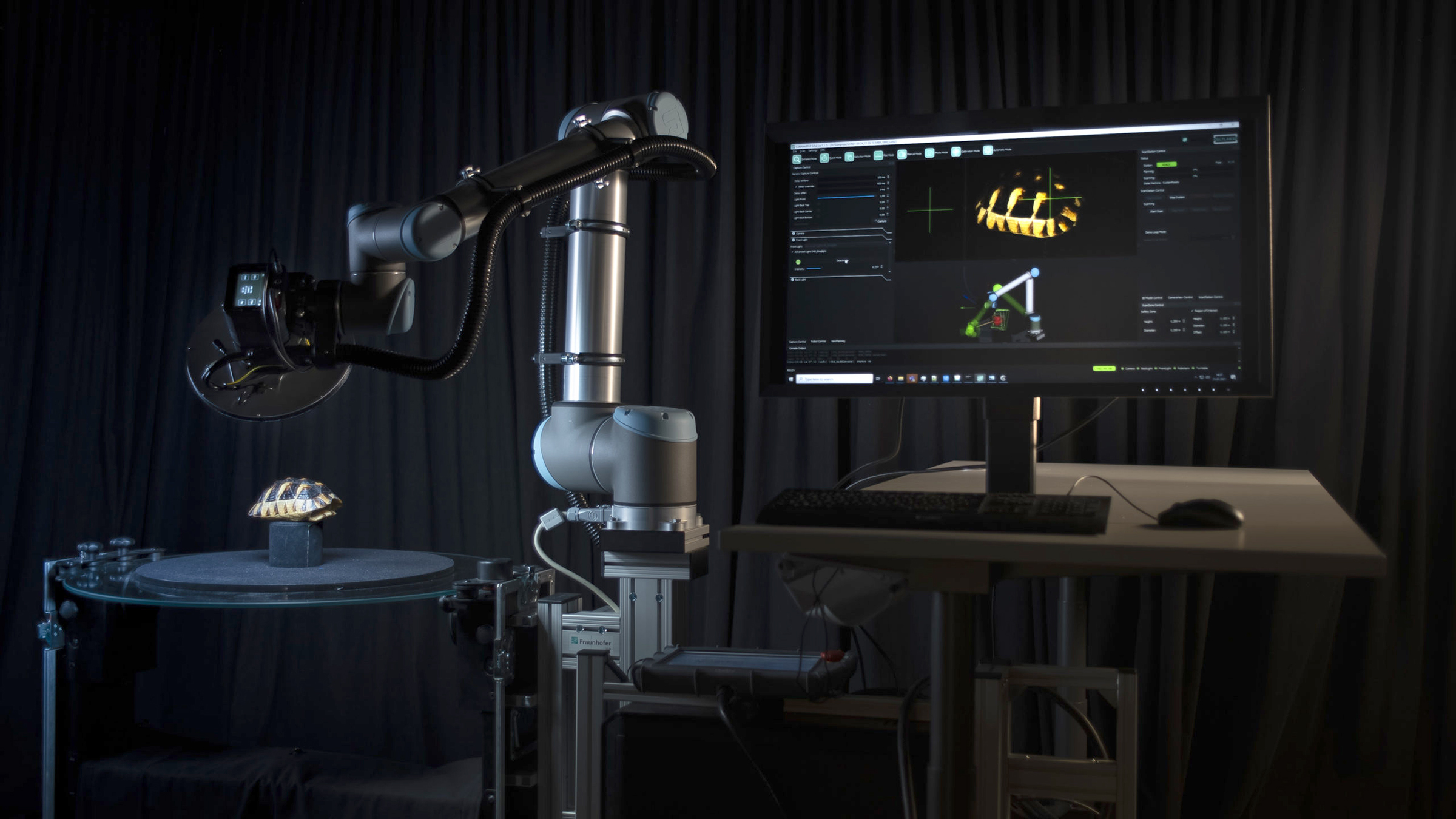Why and how can digitization enrich the value of a collection
When the Museum für Naturkunde Berlin (MfN) visited the Fraunhofer IGD in early 2021, they brought a collection of objects that up to this point were difficult to capture in 3D. The advantages of digitizing the collection range from conservation to research while also having the opportunity of a digital exhibition that visitors from all over the world can experience virtually.
Challenges of capturing the uniqueness of natural objects
The MfN has a broad collection of precious and infinitely diverse natural objects, some of which are quite challenging when it comes to efficient, accurate and repeatable 3D digitization. Their previous attempts to digitize some complex objects with hand-held 3D scanners lead to inconsistent results with inadequate quality. The challenges lie in the unique material properties and complex geometry of the artifacts.
Dinosaur-Skulls were eroded by time and turned black, which is difficult to capture. Reflective and translucence surfaces are to this day challenging to digitize. Some species have complex, detailed geometry with lots of occlusions. This is typically impossible to capture with manual scanning approaches.
Taking into account all the challenges, IGD offered a workshop were the customer can experience the advantages of the latest 3D scanning technologies.
Natural objects on display:
Schildkröten-Panzer MBR – 1868
Haliaeetus albicilla albicilla – ZMB 2010 74
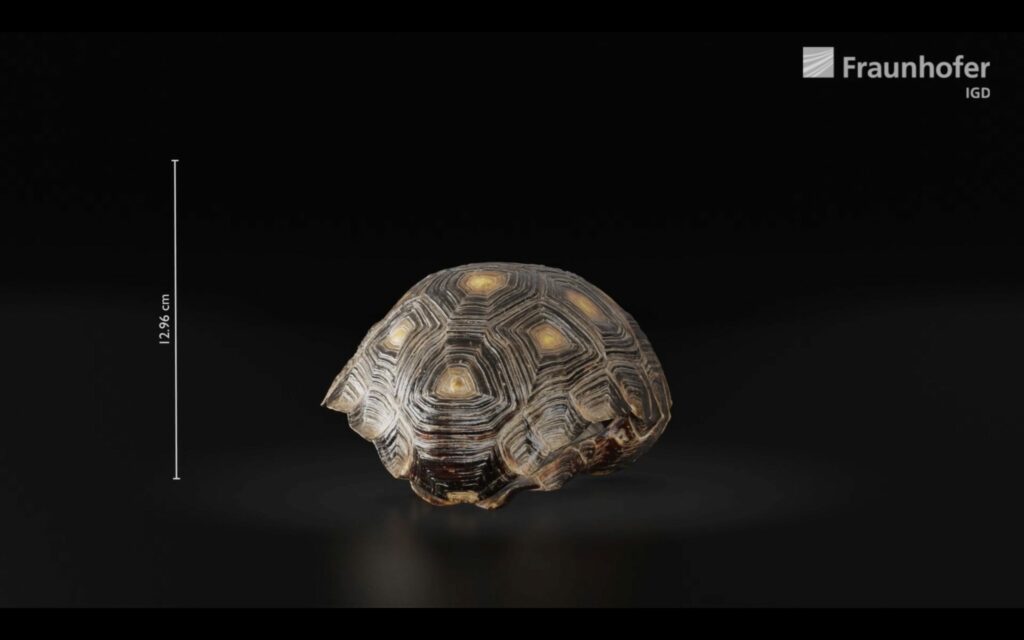
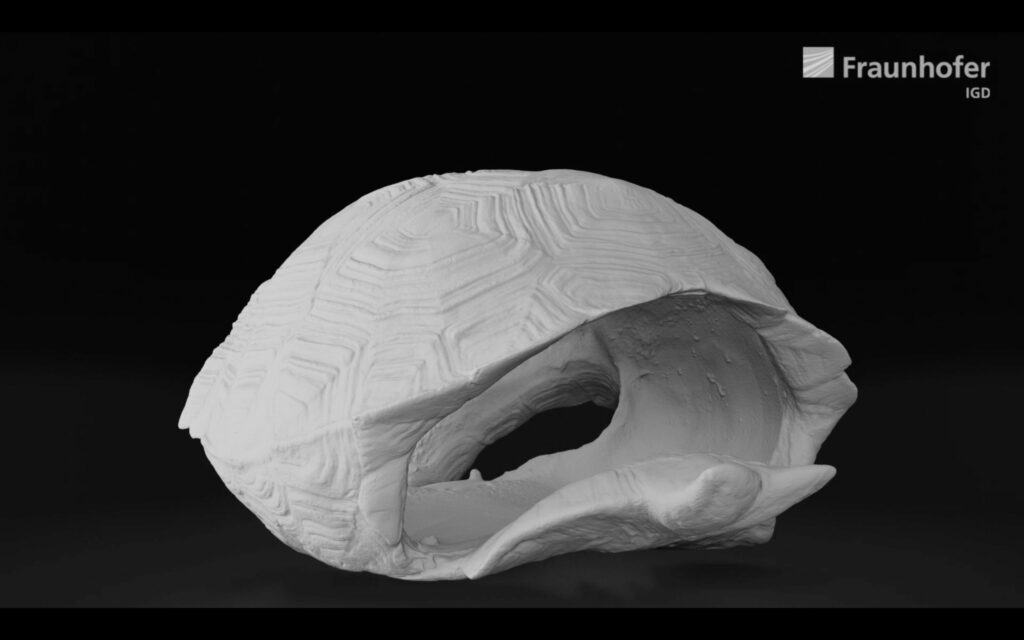
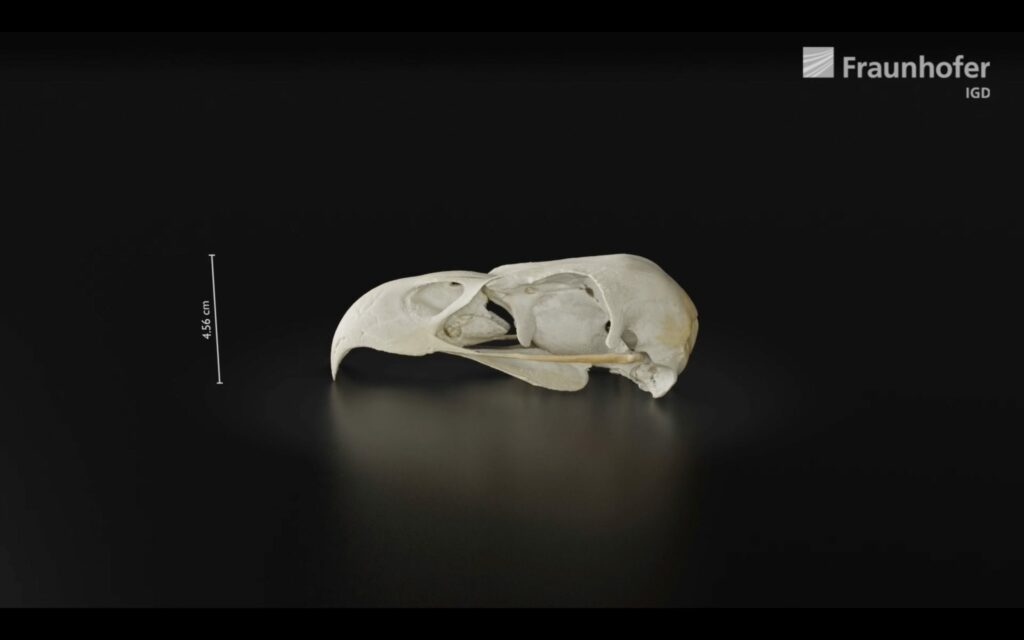
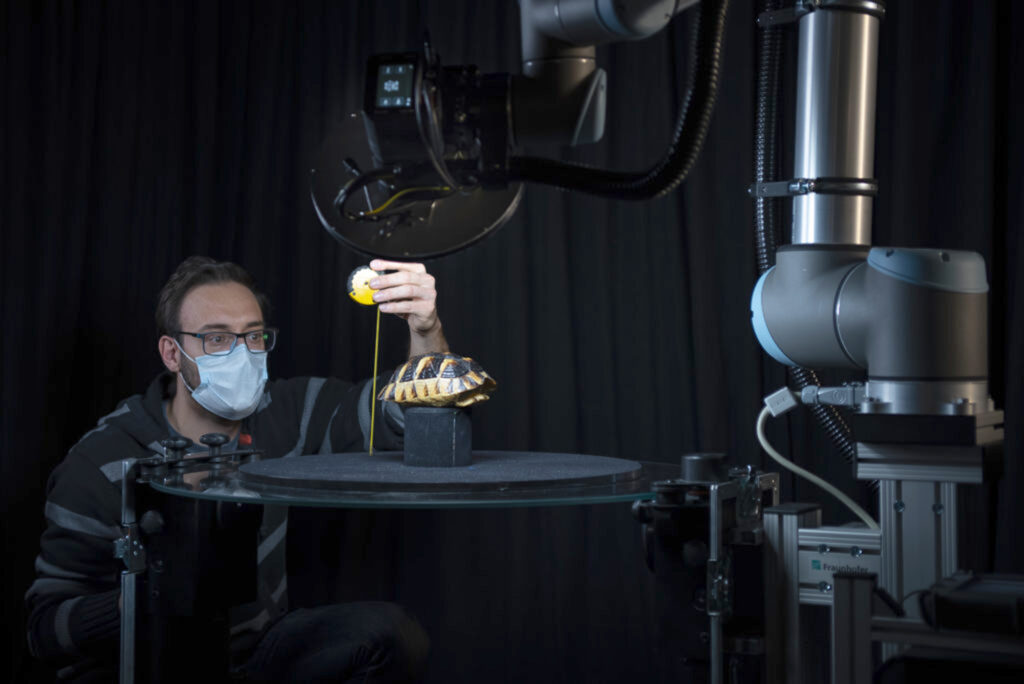
The process of digitizing a collection
The key elements of the most advanced scanning systems are highest image quality, reproducibility of results and maximum safety. To make digitization as simple as possible, the CultArm3D system breaks down a digitization “job” into three basic steps:
- Automatic self-calibration of the system
- Handling and positioning of the artifact by a curator or the operator
- Selection of desired quality and pressing “Start”
The autonomous scanning takes between 10-90 minutes. The length depends on the required quality, object size and its complexity. The scan-data is automatically processed by the system to achieve the highest resolution and color accuracy. Hardware and software measures ensure maximum safety on multiple levels.
How to meet challenges in digitizing natural materials
During the workshop with the MfN the team has showcased how the system meets these widely unresolved challenges.
One of the main components of the system is the Phase One iXH 150MP and/ or iXG 100MP camera. It uses a 100/150MP CMOS sensor which are capable of recording RGB images at 16-bit per channels and with the highest level of details, dynamic range and color fidelity. The camera comes with a choice of 2 lenses, optimized for capturing distortion-free, high-quality images and is designed to withstand long hours of continuous use without compromise.
A custom build ring light with polarization and dedicated LEDs with CRI>98 allows precise capturing of reflective surfaces. Unique algorithms developed by Fraunhofer IGD orchestrate the robotic arm and the calibrated capture configuration (camera, lens, and ring light) in order to effectively digitize the complete surface of the object. The fine details are scanned down to 15μm with an intelligent next-best-view planning algorithm.
There are many details that conventional systems struggle with that could have a big impact on the desired result. The details above give a short outline of some of the processes that the CultArm3D orchestrates. The goal not only is to capture complex materials, but also to ensure that the process is simple. Only in that way digitization becomes accessible for institutions.
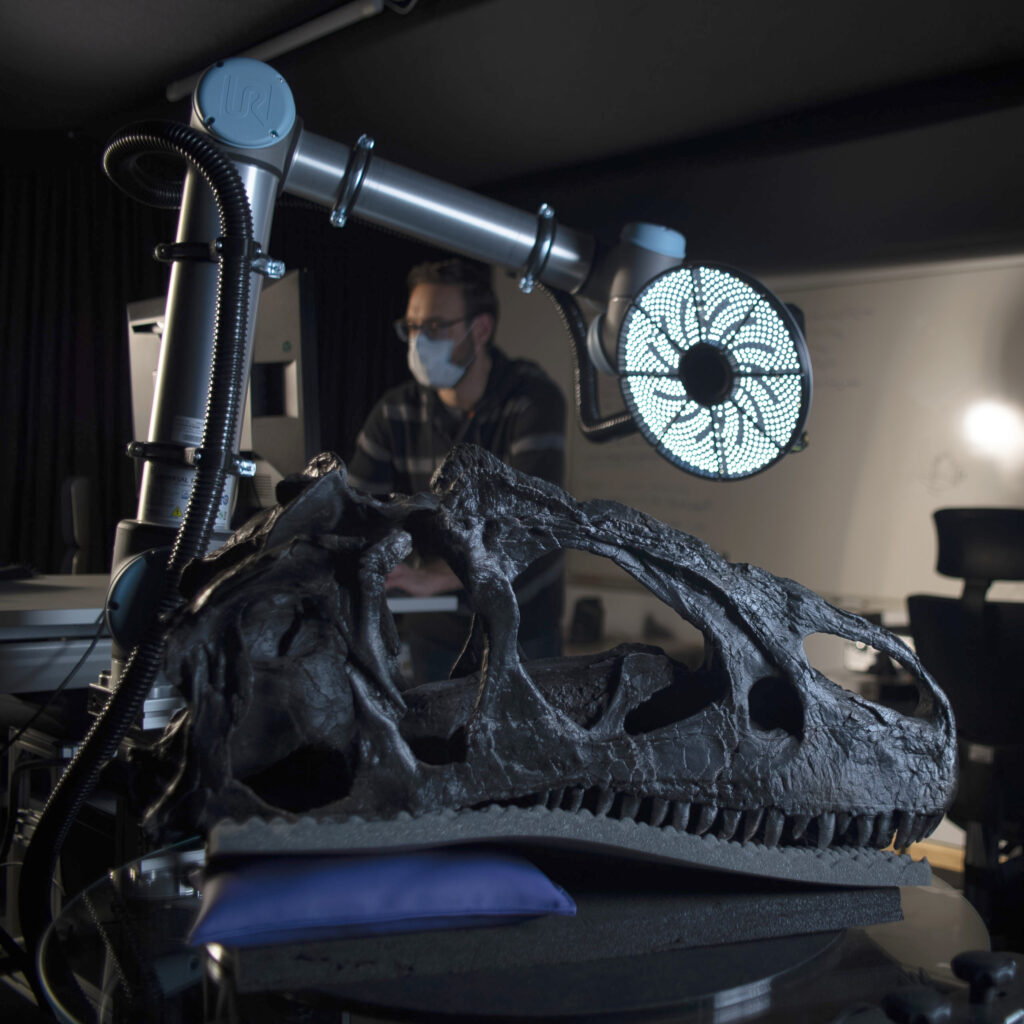
Results of the Project
Digital 3D technologies can provide important opportunities for cultural and natural heritage institutions in the context of research, conservation, and exhibition. The aim of this workshop was to explore capabilities of the turnkey CultArm3D solution and to find out how 3D imaging technologies can provide new ways of accessing and understanding species from the various MfN collections.
Together with Bernhard Schurian, Photographer and Digitizer at MfN, we scanned nine unique, challenging species to see if the 3D results meet high requirements of researchers and conservators at MfN.
The Cultarm3D generates the following outputs:
- 3D model down to 15 µm in any standard 3D format
- Optimized 3D models: web-ready models, AR models
- Video rendering of the 3D models
- Metadata compatible with Europeana Data Model
Natural objects on display:
Haliaeetus albicilla albicilla – ZMB 2010 74
Allosaurus – MBR 4119
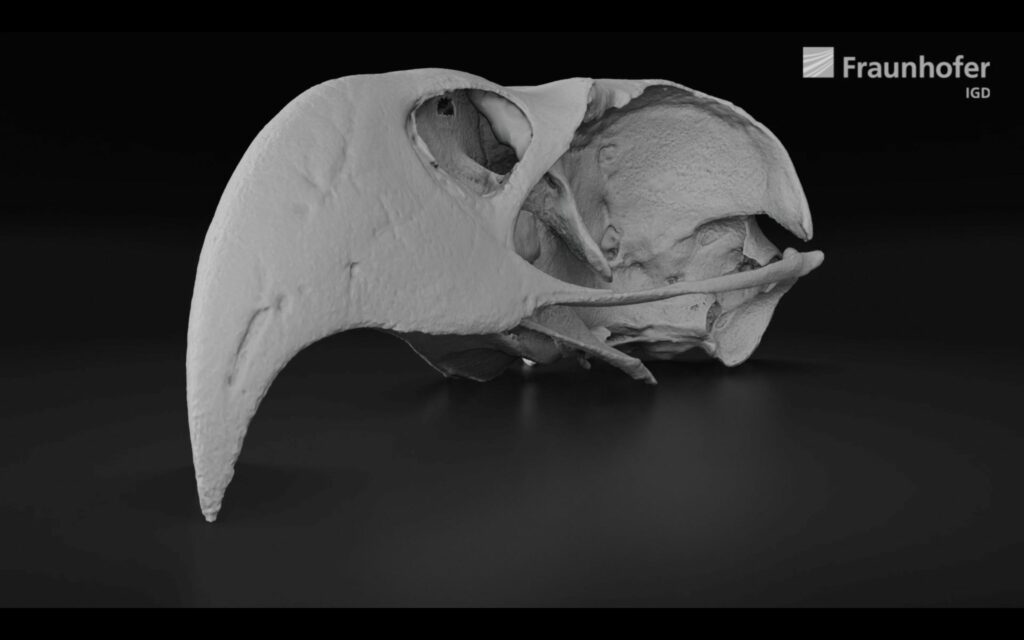
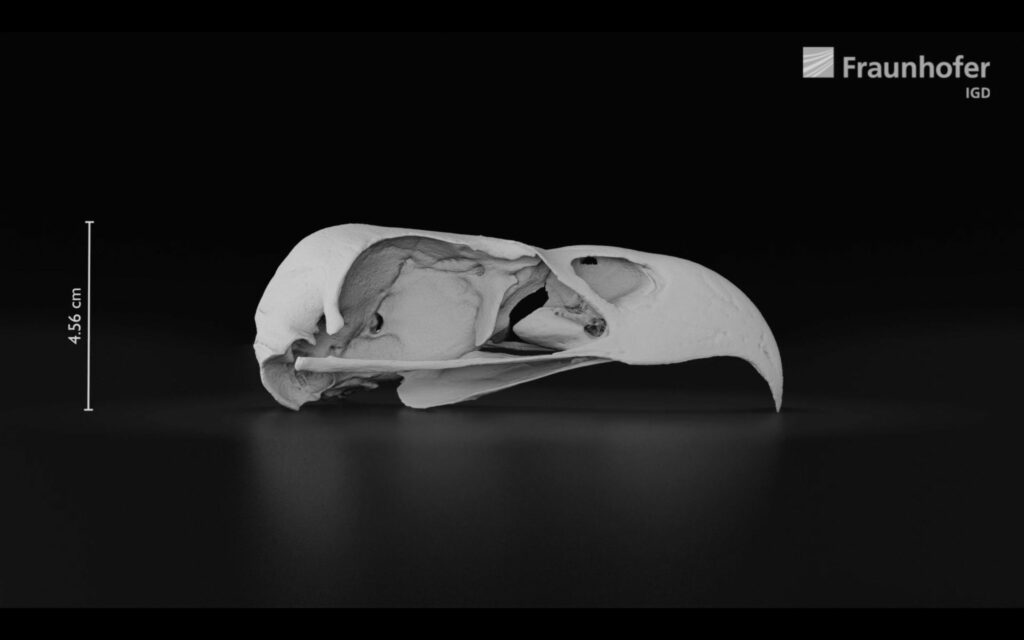
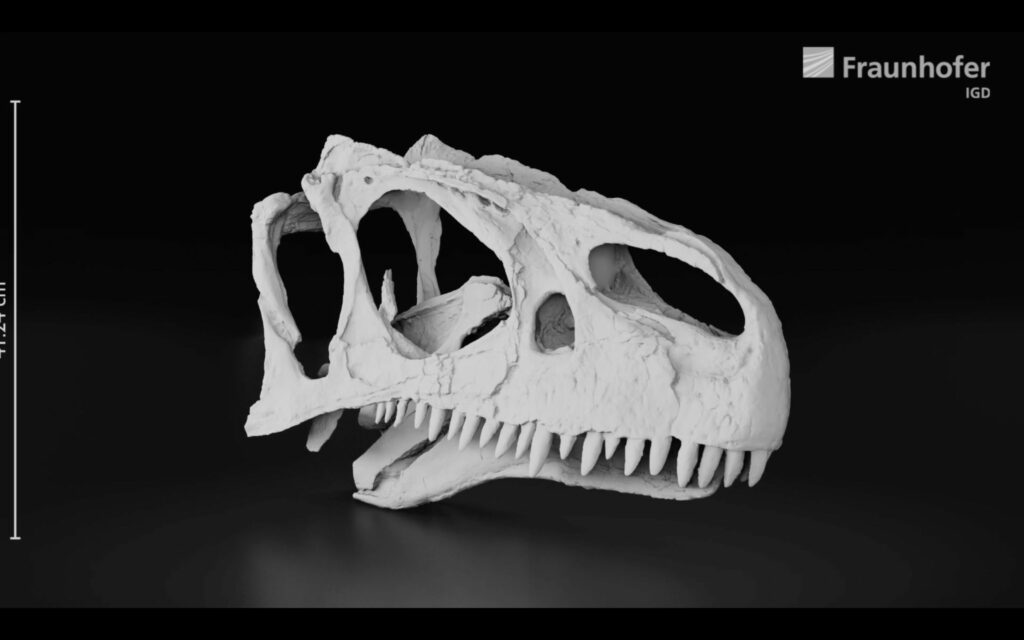
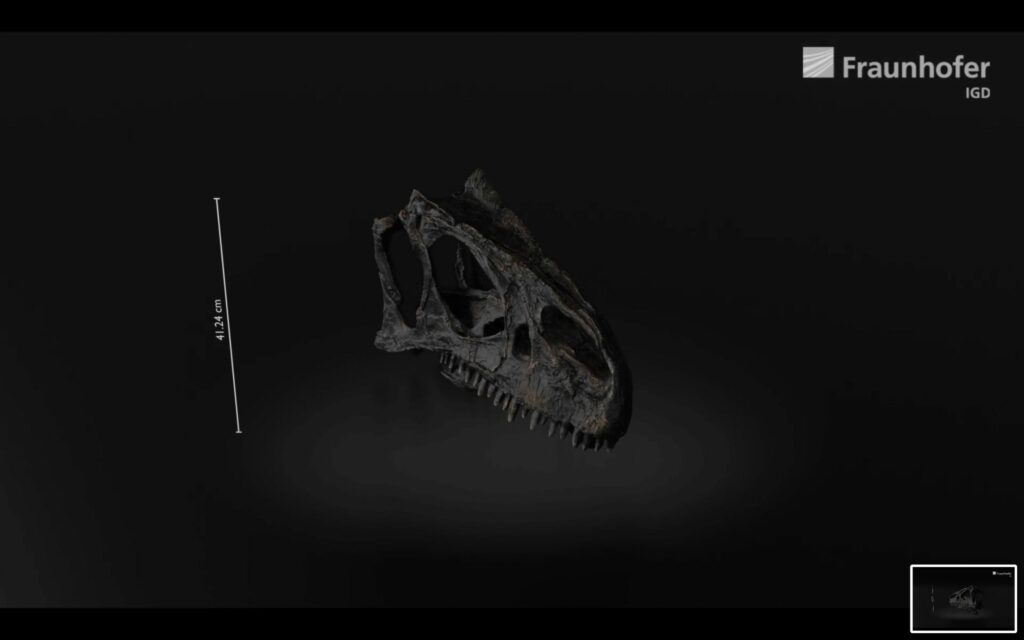
"We challenged the CultArm3D System with all difficulties our objects exhibit: reflective or almost black surfaces, complex structured surfaces, cavities. I was surprised: No problem for CultArm3D. I haven't seen such an autonomous system before."

In late 2022, The core CultArm3D team established Verus Digital as a new company, continuing its collaboration with Phase One and Fraunhofer IGD.
For more information how the CultArm3D can bring your digitization project to the next level.
About the Museum: https://www.museumfuernaturkunde.berlin/en
About CultArm3D: https://www.cultarm3d.de
Contact a Phase One expert
Are you interested in learning more about our Cameras and accessories? Fill out the form, and a Phase One Cultural Heritage expert will be in touch shortly.
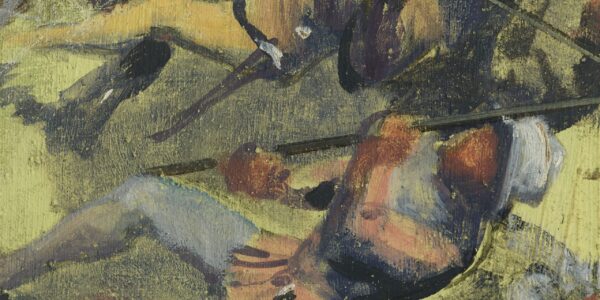
Heritage
Digitizing Panorama formats with Phase One
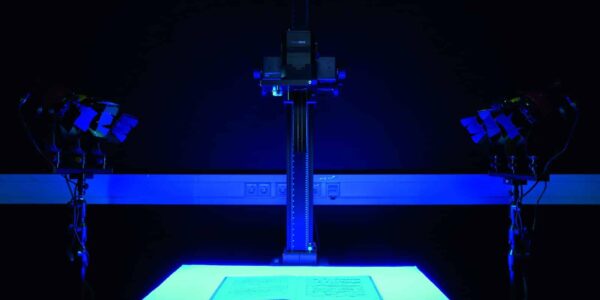
Heritage
Modular digitization at the Herzogin Anna Amalia Bibliothek
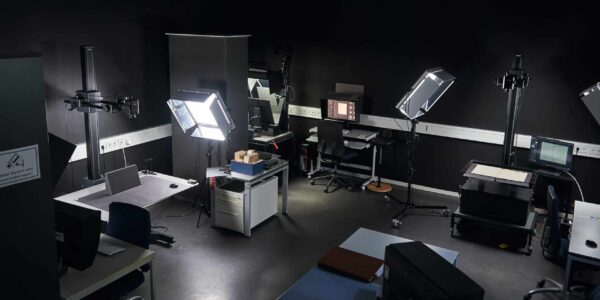
Heritage
Goethe in Weimar’s digitization center
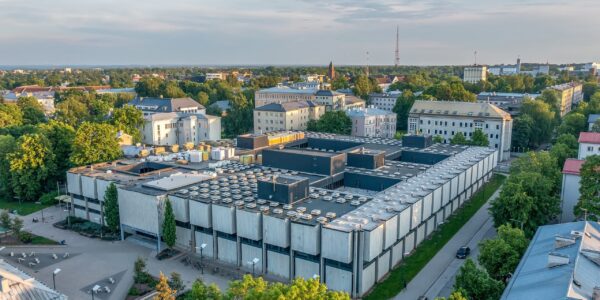
Heritage
University of Tartu Library
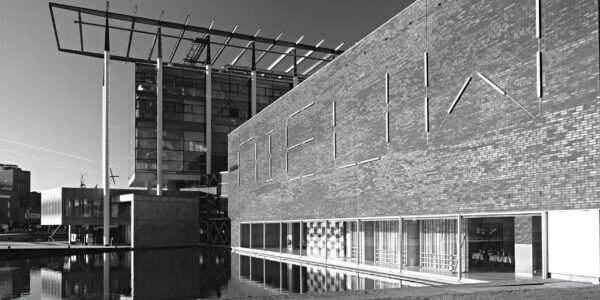
Heritage
Het Nieuwe Instituut (The New Institute) – Rotterdam, The Netherlands
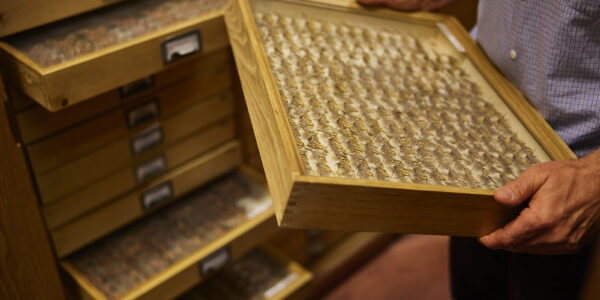
Heritage
Digitizing the Lepidoptera collection at the Hungarian Natural History Museum
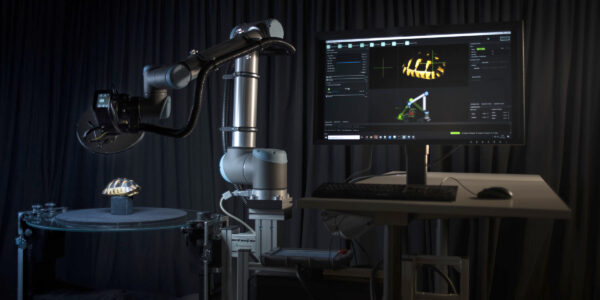
Heritage
Digitizing Dinosaurs and the Path to Virtual Exhibitions
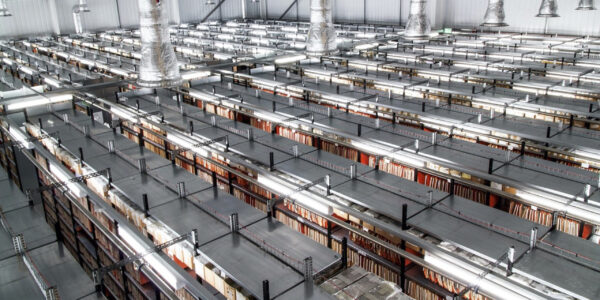
Heritage
Getty Images Archive – Phase One iXG 100MP and Film scanning solution
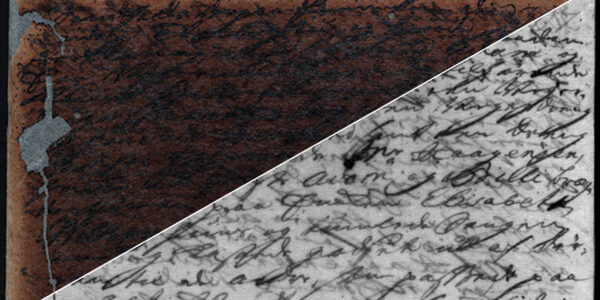
Heritage
The Royal Library of Denmark
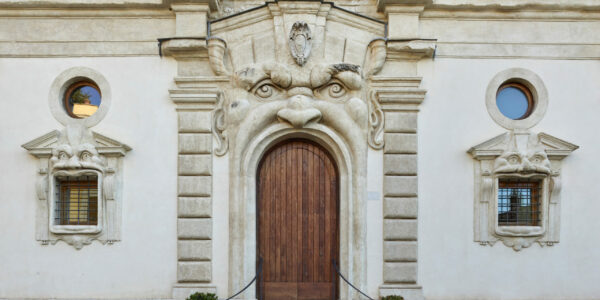
Heritage
The Fotothek of the Bibliotheca Hertziana
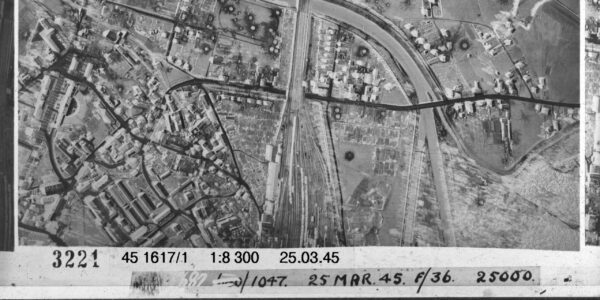
Heritage
Digital Aerial Photography Archive for Baden-Wuerttemberg
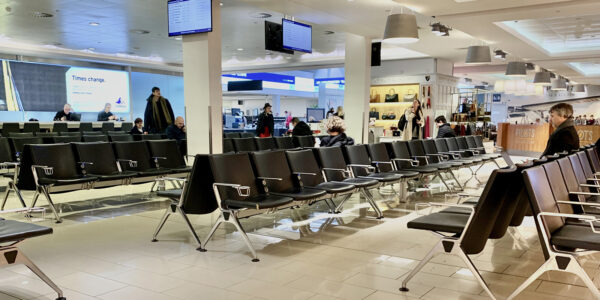
Heritage
Just in the nick of time: the story of an A0 at 300ppi test
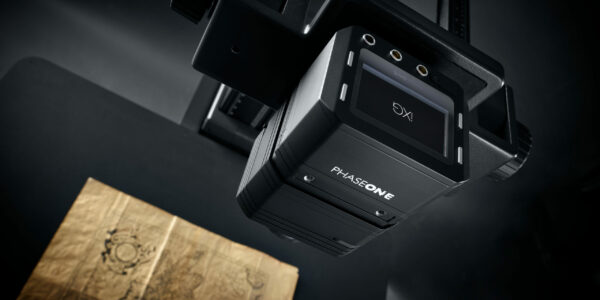
Heritage
Phase One generates stunning results for colonial cartography maps
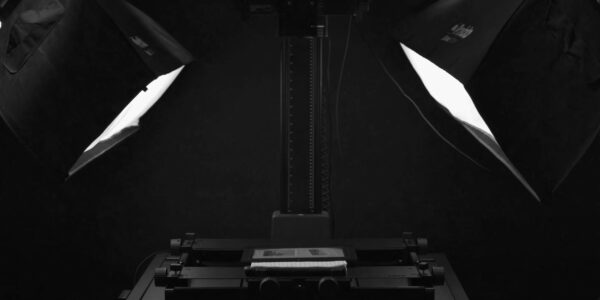
Heritage
Journal digitization workflow with the iXG Camera System
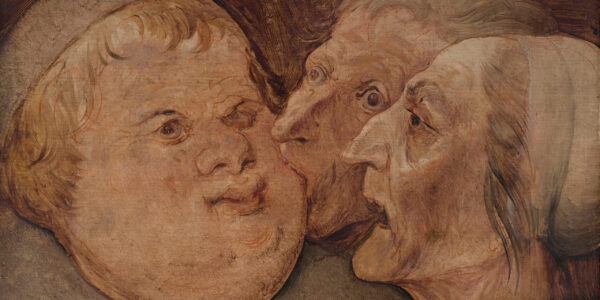
Heritage
A conservation analysis project of two Pieter Bruegel masterpieces
